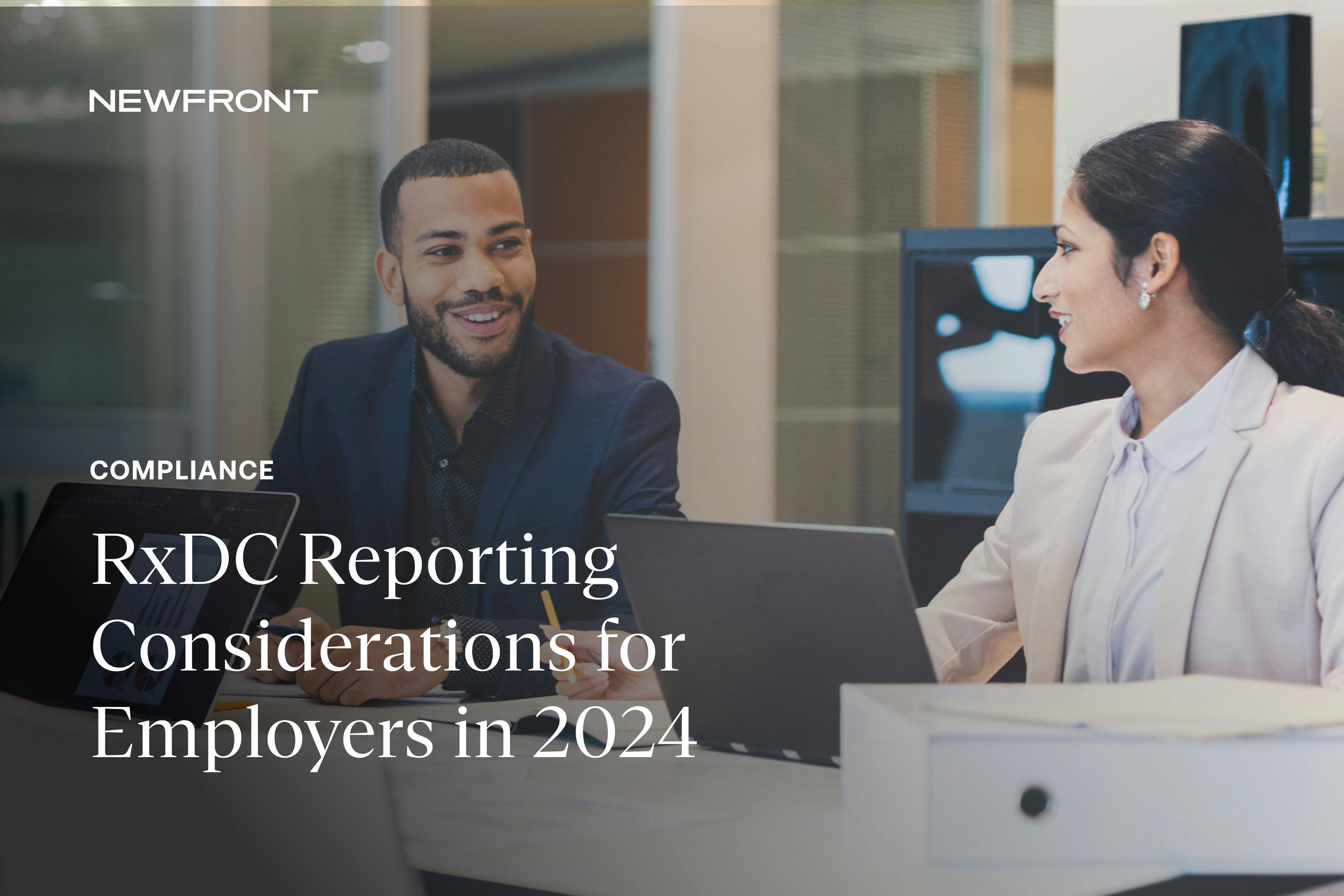Why the Dependent Care FSA Limit is Only $5,000
By Brian Gilmore | Published May 8, 2020
Question: Why is the annual dependent care FSA contribution limit stuck at $5,000 year after year?
Short Answer: Congress set the $5,000 dependent care FSA contribution limit in 1986 without indexing it to inflation, and therefore only an act of Congress can increase the limit.
Dependent Care FSA: General Rule
Employees can contribute up to $5,000 to the dependent care FSA each calendar year. The limit is reduced to $2,500 for married individuals filing separately.
The dependent care FSA reimburses employment-related dependent care expenses for children under age 13 and other qualifying disabled individuals.
The exclusive benefit offered by the dependent care FSA is tax savings. Contributions are pre-tax and avoid both the employer and employee-share of FICA payroll taxes.
Contribution Limit Not Indexed to Inflation
Unfortunately, Congress did not index the $5,000 dependent care FSA contribution to inflation when it established the cap in 1986. Internal Revenue Code §129 simply fixes the contribution limit at $5,000 per calendar year. Only an act of Congress can modify that $5,000 statutory limit.
As a result, the dependent care FSA limit has remained constant at $5,000 for over 34 years running.
Hypothetical World: What if Congress Had Indexed the Dependent Care FSA Limit to Inflation?
Using the Bureau of Labor Statistics’ standard CPI inflation calculator, $5,000 in 1986 is roughly the equivalent of $11,750 in 2020. That would roughly match the current national average cost of daycare.
The Economic Policy Institute has a 50-state survey reviewing the average annual cost of child care. The average annual infant care costs range from roughly $5,500 (Mississippi) to roughly $24,000 (Washington D.C.). California’s average cost is roughly $17,000 for an infant, roughly $11,500 for a four-year-old.
In all 50 states, the average annual cost of infant care exceeds the $5,000 dependent care FSA limit.
Can the IRS Change the Dependent Care FSA Limit Without Congress Changing the Law?
The IRS does not have the authority to increase the dependent care FSA limit.
In 2016, First Lady Michelle Obama forwarded a constituent letter to the IRS asking whether it could increase the dependent care FSA limit above $5,000. The IRS responded back stating the following, in relevant part:
Unfortunately, your request to increase the limitation on contribution amounts is not a matter the IRS can control. Rather, it requires a change to the Internal Revenue Code (the Code) that only the Congress can make.
Accordingly, unless and until Congress chooses to amend §129 to increase the dependent care FSA limit and/or index it for inflation, the $5,000 calendar year limit will remain into perpetuity.
Are There Any Proposals to Change the Current Law?
Ivanka Trump has been the most prominent advocate in the Trump White House for expanded tax-advantaged dependent care offerings in recent years.
Since President Trump’s original presidential campaign in 2016, she has been proposing:
Child Care Expense Deduction: An above-the-line deduction for childcare expenses available to anyone earning less than $250,000 (or $500,000 if filing jointly) annually tied to the average cost of childcare in the taxpayer’s state.
Dependent Care Savings Accounts: A triple-tax-advantaged account modelled after HSAs.
Employer On-Site Daycare Expansion: Increasing and expanding the tax credit for employers to provide on-site daycare.
Paid Maternity Leave: Federal paid leave program to cover all employees with six weeks of paid maternity leave, funded through the existing unemployment insurance program.
Where Can I Find More Details on the History of the Dependent Care FSA?
The New York Times ran a feature on this issue in 2014 titled “Dependent Care Accounts, Hamstrung by Limits, Are Still Worth Exploring.”
For a more comprehensive academic review, Professor Erin L. Kelly of the University of Minnesota wrote a lengthy article in 2003 titled “The Strange History of Employer-Sponsored Child Care.”
More Posts Addressing Dependent Care FSA Expenses
Dependent Care FSA Where Spouse Works from Home or is Self-Employed
Dependent Care FSA for Parents Who are Divorced, Separated, or Living Apart
Regulations
IRC §129(a)(2)(A):
(2) Limitation of exclusion.
(A) In general. The amount which may be excluded under paragraph (1) for dependent care assistance with respect to dependent care services provided during a taxable year shall not exceed $5,000 ($2,500 in the case of a separate return by a married individual).
IRS Information Letter 2016-0058:
https://www.irs.gov/pub/irs-wd/16-0058.pdf
I am responding to your letter to the First Lady dated June 22, 2016, about your dependent care flexible spending arrangement (DCFSA). In your letter, you asked whether there is any way to increase the annual contribution amount above $5,000.
Unfortunately, your request to increase the limitation on contribution amounts is not a matter the IRS can control. Rather, it requires a change to the Internal Revenue Code (the Code) that only the Congress can make.
You can find the rules governing the limits on the DCFSA exclusion in section 129 of the Code. This section allows an employee to exclude amounts for dependent care assistance paid through a DCFSA. The law states that the amount excludable may not exceed the stated amount, which is currently set at $5,000, as you noted in your message.

Brian Gilmore
Lead Benefits Counsel, VP, Newfront
Brian Gilmore is the Lead Benefits Counsel at Newfront. He assists clients on a wide variety of employee benefits compliance issues. The primary areas of his practice include ERISA, ACA, COBRA, HIPAA, Section 125 Cafeteria Plans, and 401(k) plans. Brian also presents regularly at trade events and in webinars on current hot topics in employee benefits law.
Connect on LinkedIn
